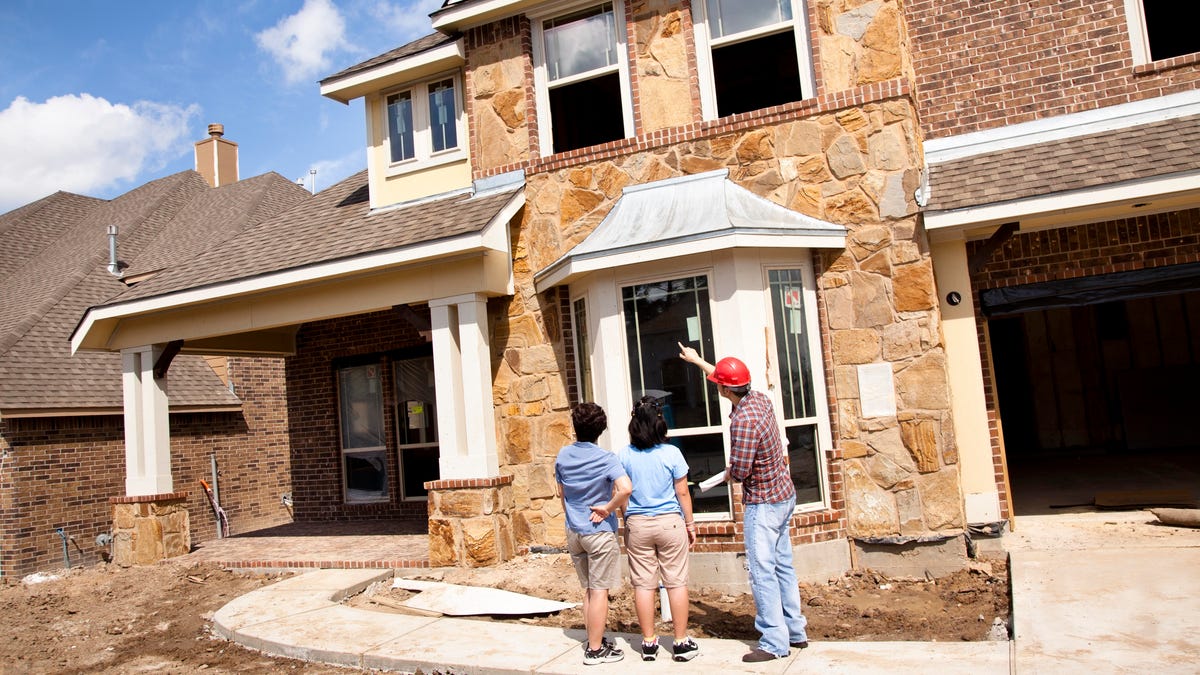New Home Construction Hit Its Lowest Level in More Than a Year
Rising interest rates and supply chain issues are causing the housing market to slow.

The housing market is facing challenges with both supply and demand.
New home construction hit its lowest level in more than a year in May, reinforcing the belief that the US housing market is cooling off, as rising interest rates and supply chain bottlenecks and shortages present ongoing challenges.
Housing starts, or the number of new residential construction projects started in a specific time period, fell by 14.4% last month to a seasonally adjusted rate of 1.549 million units, the lowest level since April 2021, according to the latest data from the US Department of Commerce.
Building permits for privately owned housing units also dropped in May, falling to a seasonally adjusted rate of 1.695 million units, a 7% drop from April's revised rate of 1.823 million units. The drop in new homebuilding comes at a time when US homebuilder sentiment has fallen to a two-year low in June, marking low confidence in the market.
Further highlighting the impact of supply problems, the number of new homes that were approved for construction but did not start being built rose by 0.7% between April and May.
"Single-family homebuilding is slowing as the impacts of higher interest rates reduce housing affordability," said Jerry Konter, chairman of the National Association of Home Builders, in a release. "Moreover, construction costs continue to rise, with residential construction materials up 19% from a year ago. As the market weakens due to cyclical factors, the long-term housing deficit will persist and continue to frustrate prospective renters and home buyers."
Mortgage rates tend to rise and fall depending on the economy and the job market, and rates are influenced by actions taken by the central banking system. Since the beginning of the year, the Federal Reserve has been raising interest rates at the fastest pace in decades to try to combat record-high inflation and slow down the economy. Last week, the Fed increased its benchmark interest rates by 0.75 percentage points -- the biggest increase in almost 30 years, causing mortgage rates to climb even higher.
The Fed plans to continue hiking interest rates throughout the year, which will put more pressure on the housing market. When mortgage rates go up, fewer people purchase homes because it becomes more expensive to take out a mortgage. And as homeownership becomes costlier for the average buyer, builders become more hesitant to start new construction -- especially as inflation and supply chain disruptions increase the cost of building materials.

